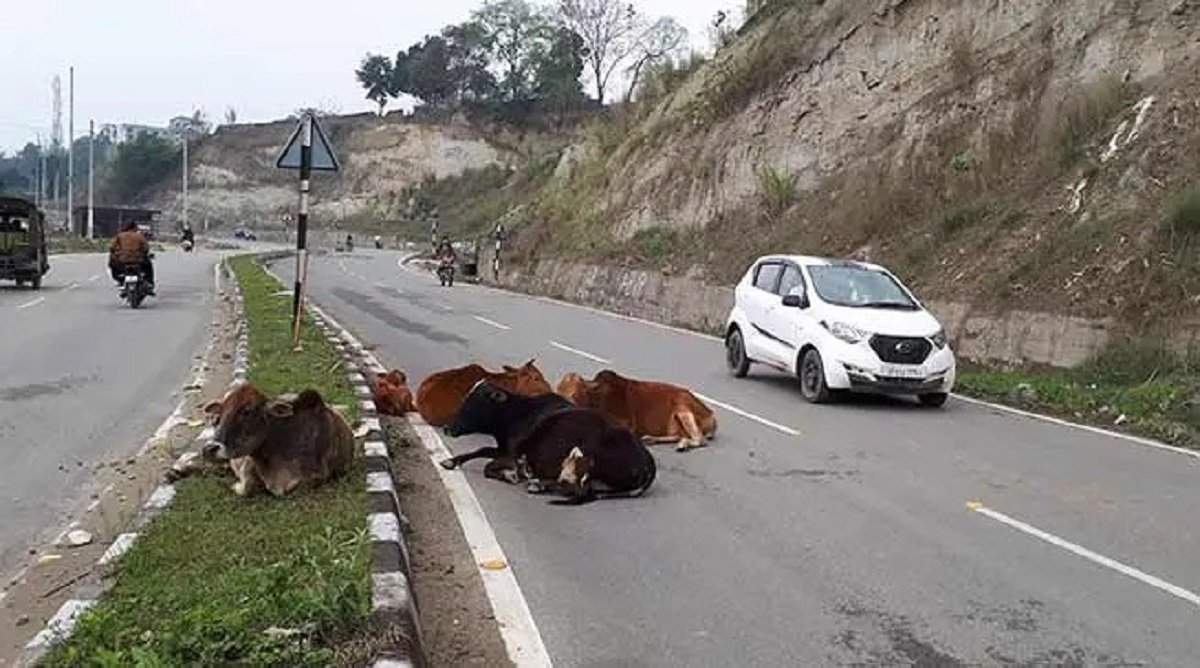The Arunachal Pradesh government has unveiled an ambitious ₹6,519-crore project to modernise its power sector, reduce technical losses, and ensure uninterrupted electricity supply across the state. The announcement was made by Chief Minister Pema Khandu on Monday, who described the initiative as a “transformative step towards a power-secure Arunachal.” The overhaul, considered one of the most comprehensive in the state’s energy history, aims to build a more reliable, efficient, and consumer-friendly power ecosystem. At the heart of this plan is the introduction of smart meters, the installation of modern power grids, and significant investments to curb aggregate technical and commercial (AT&C) losses — a persistent issue in the state’s electricity distribution. “Arunachal Pradesh is powering ahead with a massive transformation of its power sector,” Khandu stated in a post on X (formerly Twitter). “Our target is clear — low losses, high reliability, and zero fiscal stress.”
Of the total outlay, ₹788 crore has been earmarked specifically for reducing technical and commercial losses, which often result from outdated infrastructure, power theft, and inefficient billing systems. These inefficiencies have disproportionately affected remote and rural parts of the state, where access to consistent electricity remains a challenge.The proposed deployment of smart meters is expected to revolutionise electricity usage tracking, allowing for real-time monitoring and accurate billing. According to government officials, these meters will empower consumers to better manage their energy consumption while improving the financial viability of the power utilities.Modern grid infrastructure, on the other hand, will support reliable distribution, reduce outages, and enable faster response to faults. These upgrades are particularly crucial in hilly and disaster-prone areas, where traditional grid systems are often vulnerable.
To ensure the massive capital expenditure does not strain public finances, the government has also committed to gap funding. This financial cushion is intended to bridge the difference between investment costs and revenue recovery, thereby avoiding undue burden on the state exchequer.“This initiative reflects our long-term vision for inclusive development. We want to meet not just today’s electricity demands, but also future needs driven by industrial growth, urbanisation, and rural development,” CM Khandu added.

























































































































































































































































































